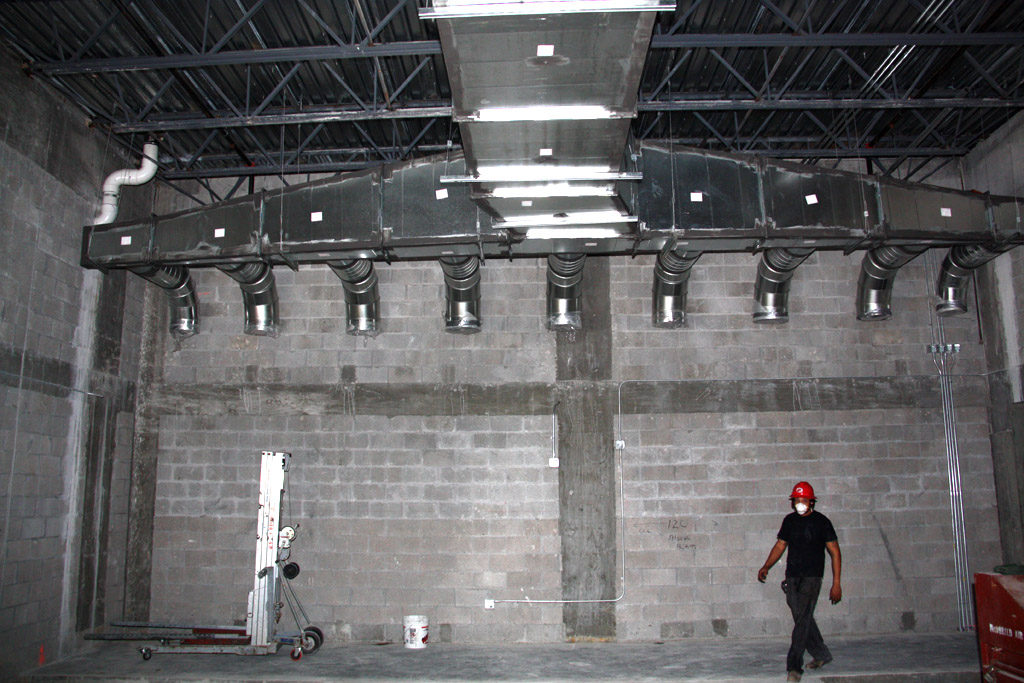The key features of a well designed HVAC system include:
- Correct Air Pressure and air flow within the room environment
- Consistent Heating / Cooling / Filtering Loads throughout the annual seasons
- Efficiently Sized for the occupied space it is meant for
- Balanced Air Flows between the supply and return systems to maintain neutral pressure within the occupied environment
- Proper Ductwork, placement, sealants, distribution, cycling and draft
- Refrigerants that are properly charged and in compliance with government regulations
- ASHRAE Standards that establish a benchmark to meet and ensures that the HVAC system is designed and built to a well established and proven protocol
Performing an accurate load calc for the HVAC system can drastically improve the overall efficiency and save the Range Owner significant money. Estimating the new HVAC system based extensively on the nameplate data of a previous one, can lead to uncertainty as the older HVAC system may have been incorrect to begin with. Re-using poor quality ductwork can cause health problems and reduce energy efficiency if the old conduit is too small or has poor seals.
Inaccurate or misrepresented load calculations can lead the Range Owner to misallocate or overspend critical funds for an intermittent HVAC system. An oversized HVAC system can lead to excessive startup and operating costs, an inadequate end user environment and even premature failure of the mechanical system, leading to further costs. For most range groups, a poor performing HVAC system at a range facility can lead to unscheduled range closures that disrupt training schedules, increase overtime pay and dilute budgetary funds.
Understanding and reviewing the range projects other related physical properties such and window and door types, wall construction, window and vent locations and insulation all provide key factors to determining the best HVAC system for the Range Owners facility, end use and budget.

